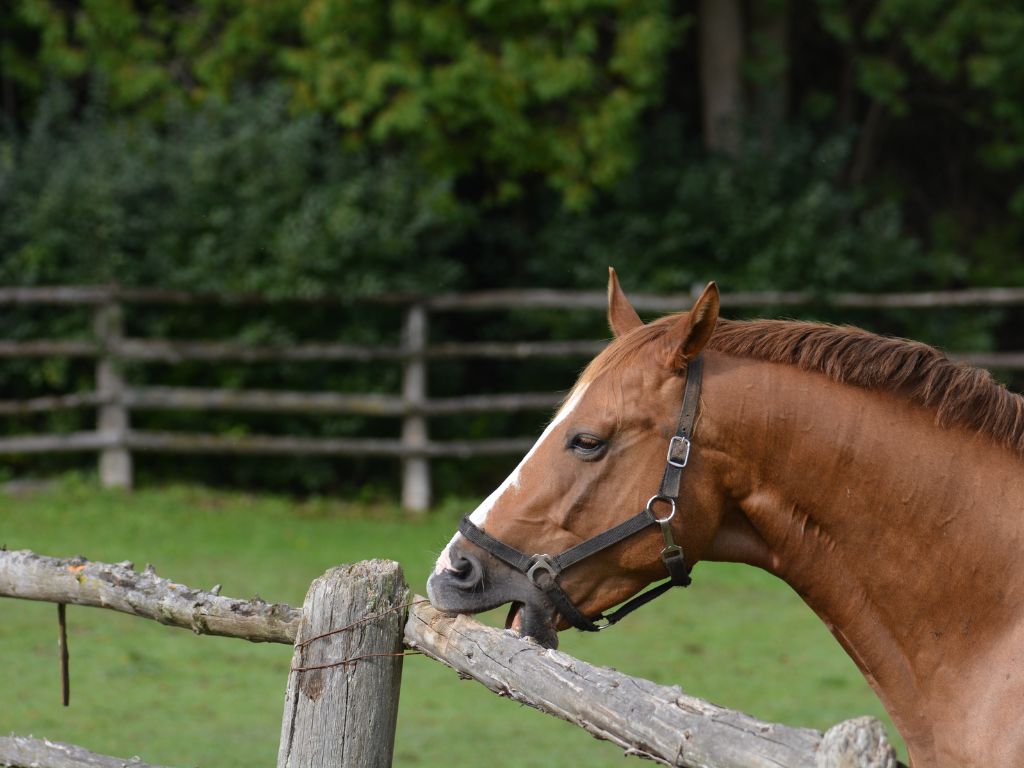Due to their size and strength, collisions with horses can frequently result in severe property damage and physical injuries.
In the aftermath of a loose horse vehicle accident, you might be wondering who is responsible if a loose horse hits your vehicle and and what you can do to move forward. At Silva Injury Law, we have the tools and resources to help you fight for your recovery. Give our team of attorneys a call today and see what we can do for you.
For more information about how Silva Injury Law can help you recover compensation from a car wreck involving a horse, visit LivestockAccidentLaw.com
What To Do After A Loose Horse Hits Your Vehicle
Before determining liability, it’s important to know what actions to take immediately following your loose-horse car accident. Here are a few key steps to keep in mind.
Pull Over Your Vehicle and Check for Injuries
As with any other type of car accident, you should first pull over your vehicle as soon as practicable. Then, check yourself and any passengers for injuries.
Even if you don’t notice any visible injuries, you should still seek attention and diagnosis from a qualified medical professional to be sure.
Check on the Horse’s Condition
If the horse has not run away, carefully check on the horse’s condition. If possible, you’ll want to have some information to relay to the police. They will need animal experts to respond to the scene and move the horse to safety. A horse that hasn’t left the accident scene likely needs to be transported for emergency medical attention.
Call the Authorities
Once you are in a safe location, you should then call the authorities. Doing so is especially important if the horse is still on the loose.
Horses are large animals and can be dangerous when frightened. Thus, if the horse has fled after the accident, inform the authorities accordingly. Provide them with a description of the horse and the direction it went to your best recollection to help put others on notice.
Collect Evidence and Information at the Scene
In many car accident cases, the accident will be between multiple motor vehicles. Thus, you’ll typically collect information such as the name, address, driver’s license number, and insurance information of the other driver or drivers involved in the accident.
However, most loose horse accidents are single-vehicle accidents. As a result, there may not be anyone whose information you can obtain. Nevertheless, there may still be important information you can collect at the scene of the accident.
For example, you can try to:
- Search for the owner of the horse and obtain their contact information;
- Take photos of your vehicle, the accident scene, and the surrounding areas; and
- Gather statements from any individuals who may have witnessed the accident.
All of this can help you prove liability when you hit a loose horse and your case moves forward.
File a Claim with Your Insurance
Unfortunately, because loose horse collisions are typically single-vehicle accidents, you will likely have to file a claim under your own insurance. Still, doing so can be a good place to start.
In California, drivers must carry minimum insurance coverage in the following amounts:
- $15,000 for each person injured or killed in an accident,
- $30,000 for the injury or death of two or more persons in one accident, and
- $5,000 for property damage in any one accident.
Thus, filing a claim under your insurance can provide a way to receive compensation for any resulting injuries or property damage.
Contact an Attorney
Lastly, make sure to consult with a legal practitioner before making any decisions regarding your accident and potential loose horse liability claim.
An experienced auto vehicle accident lawyer can help you assess your case, negotiate with your insurance company, prove liability, and take your case to trial when necessary.
How To Determine Fault In A Loose Horse Liability Claim
So, how exactly do you prove fault in a loose horse liability claim?
Of course, each case is different, and there is no precise formula for proving liability. However, at its core, your loose-horse car accident case will likely involve proving that the owner of the horse was negligent.
As a general matter, this will typically require proving that the horse’s owner breached a legal duty of care to act reasonably and that this breach of duty caused the accident and your resulting damages.
Common examples of negligence by an owner of a horse in a loose horse accident case include:
- Failure to properly secure horses in their stables,
- Allowing fences and other barriers to fall into disrepair,
- Subjecting the horse to neglect or abuse, and
- Failure to properly train the horse.
However, it’s important to remember that drivers on the road have a duty to act reasonably as well. In fact, pursuant to California Vehicle Code section 21759, the driver of any vehicle approaching a horse, or any other livestock, must reduce its speed or stop as necessary to avoid frightening the animal and better prevent the occurrence of an accident.
Contact The Attorneys At Silva Injury Law Today
Involvement in any accident can be scary and traumatizing. That’s why at Silva Injury Law, we’ve devoted our practice to promoting healing through compassionate advocacy.
We know how difficult it can be to deal with the aftermath of an accident. But you can rest assured knowing that we will be there with you at every step along the way to help you through this process. If you have questions about who is responsible if a loose horse hits your vehicle, Silva Injury Law is here to help. Contact our team today to discuss your case with an experienced lawyer and see what we can do to help you recover.













 EMAIL
EMAIL  Ask AI
Ask AI  Access
Access